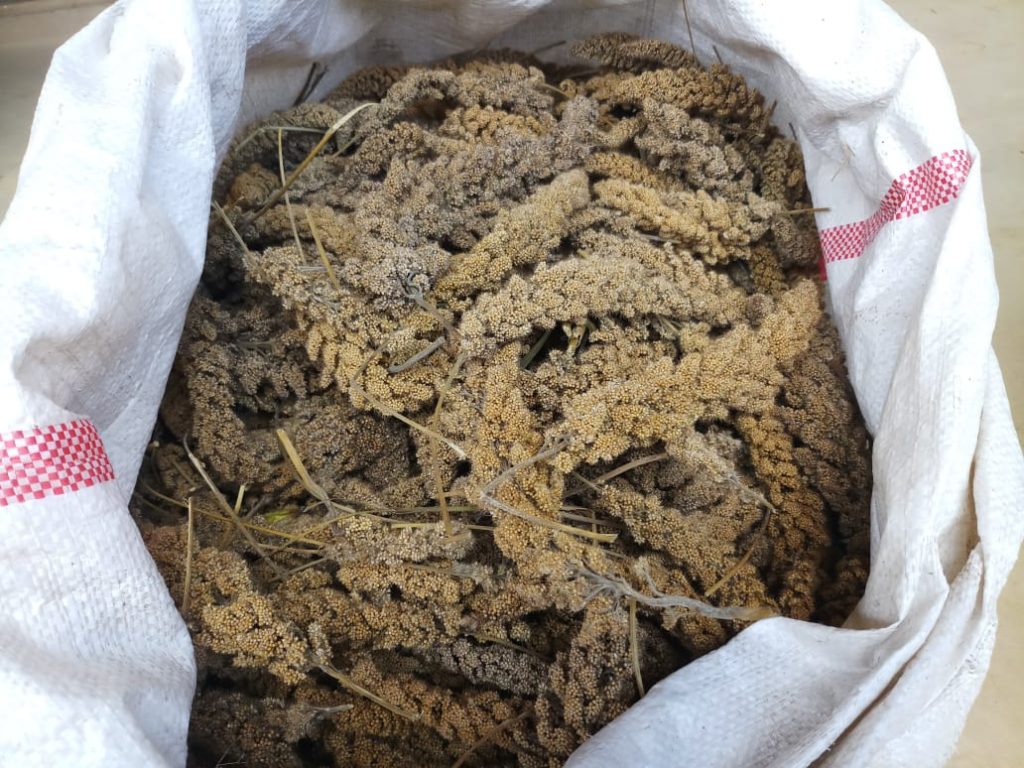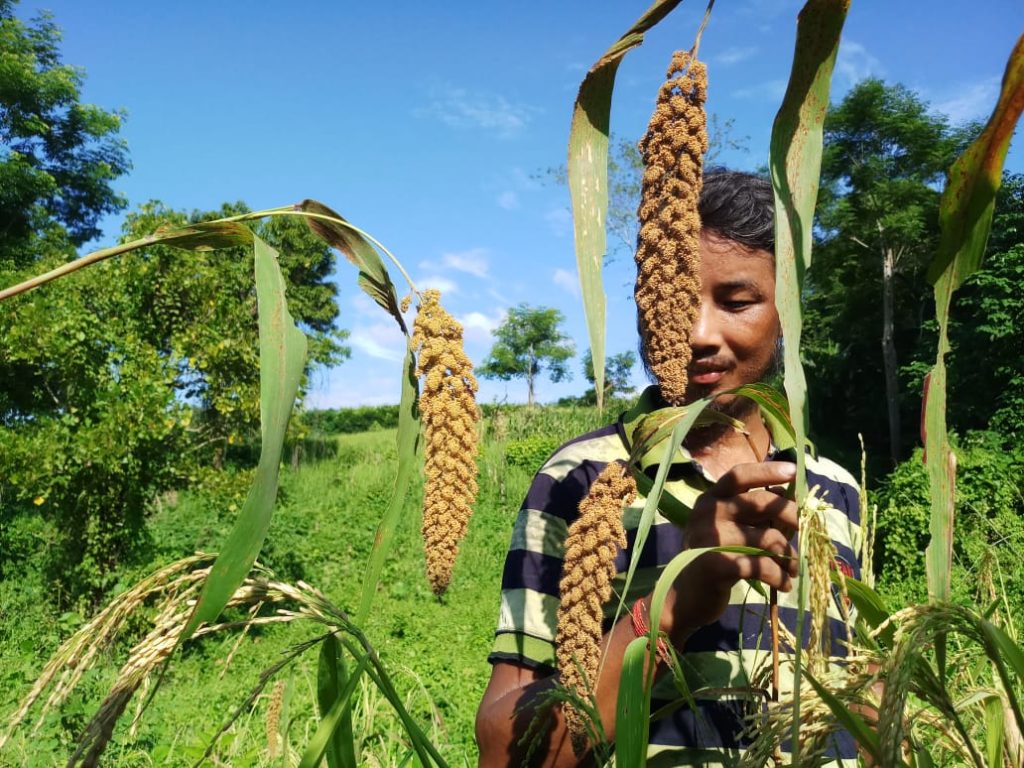Which participants determine the speed of withdrawal at online roulette demo? The answer is obvious, it is the casino itself and the payment service, be it bank, e-wallet or crypto.
A forgotten crop making its way among the Karbis of Assam
The green revolution has replaced the traditional crops with rice and wheat to increase food production in order to alleviate hunger and poverty. Over the years, traditional crops rich in protein and minerals has gradually faded away from our fields and our plates.
We are talking about Millets which are higher in calcium, iron, phosphorus etc than rice or wheat. They are also higher in fibre, lower in fat and gluten-free.
Millets have been an integral part of the food system among the Karbis in Assam. Farmers are now bringing the traditional crop back into their food system which needs little water, grows well on poor soil, is fast-growing and suffers from very few diseases.
India is the largest producer of millets and there are eight different kinds of millet varieties that are still grown and consumed. These include Kodo Millet, Foxtail Millet, Little Millet, Proso Millet, Barnyard Millet, Sorghum, Pearl Millet, and Finger Millet. Of these, Foxtail millet is more commonly seen in North East India especially Assam.
Under the FARM North East III programme implemented by Jirsong Asong in Karbi Anglong District of Assam, the elders have informed that they grew up eating millets as a staple food. However, of late millet vanished from their society and was not seen until Lily Engtipi, a woman farmer got some seeds of millet from a farmer from her relatives.
Caritas India FARM North East II programme works with the community to strengthen their livelihood and food security by adopting traditional farming systems and practice to strengthen food sovereignty.
In Karbi Anglong district of Assam, millets have been part of the Jhum fields. Hanjan Millen, Karbi name of foxtail millets have been visible in the Jhum fields in the past. But today it is hardly visible in the Jhum fields.
“The finding of millets in one of the project village has given us reasons to bring this golden grain back to the food system of the Karbis,” said Ms Venika, Team Member, Jirsong Asong (JA), a FARM partner in Assam.” Once we saw a woman in Jorlep Teron village bringing some foxtail millet seeds, she not only started cultivating for herself but also gave away seeds to three more families in her neighbourhood,” said Mondol Teron, Programme Coordinator, JA.
Millets are highly diverse and nutritious crops, intrinsically linked to the landscape of a particular region. They are also resilient to climate change but gradually this nutritious crop started vanishing away from the field and almost extinct from the region.
In FARM III during the baseline survey, the team asked about millets, its nutritional value and its revival. It is heartening to see that the millet seeds have travelled to another village as well from Jorlep Teron and now people are aware of the nutritional value of millets and started cultivating in the project villages.
The farmers are a little worried about its large-scale production and there is no proper market available for the crop and many of them use it for domestic purposes. Another challenge expressed by the farmer was that agencies are pushing GM seeds for commercial purpose which treats indigenous seeds.
FARM NE programme is promoting millets in all the project villages to increase dietary diversity and nutritional count of the people to bring food sovereignty and climate resilience.
Copyright Caritas India 2013 ! Developed by Neural Info Solutions Pvt. Ltd.


















































